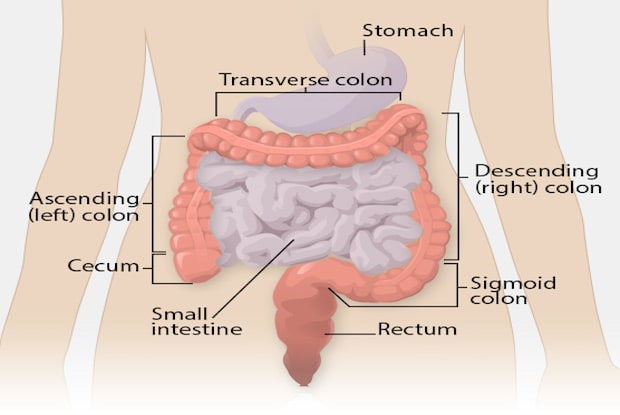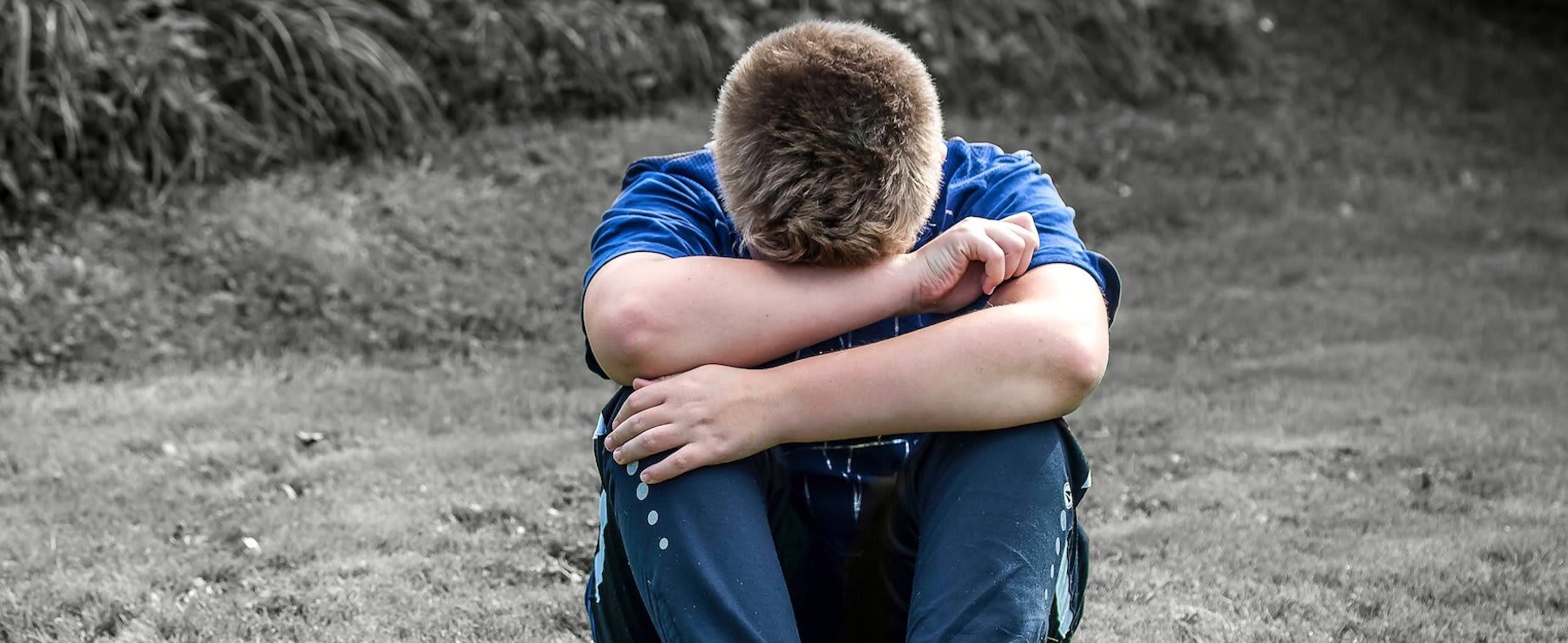Table of Contents
I. What is Ulcerative Colitis?
II. Symptoms of Ulcerative Colitis
III. Treating Children’s Ulcerative Colitis
What is Ulcerative Colitis?
Ulcerative colitis is an inflammatory bowel disease (IBD) that affects around 750,000 people in North America. [1] While ulcerative colitis (UC) is typically diagnosed when a person is a teenager or young adult, it can occur at any age. Around 15 to 20 percent of American UC patients are children. Ulcerative colitis affects both males and females equally. [2]
It is not known what exactly causes ulcerative colitis in children or adults. However, around 20 percent of UC patients have a close relative that also has the condition, so it may be partially genetic. [3]
For most people, the immune system works effectively at keeping the body healthy. It works to identify and then destroy harmful, foreign substances in the body, including viral and bacterial infections. However, for UC patients, the immune system can mistakenly identify substances such as food and helpful bacteria as harmful. This results in white blood cells attacking these substances and causing inflammation and ulcers in the lining of the colon.
There are several different types of ulcerative colitis. The condition affects the lining of your colon (large intestine) and rectum. The colon is a large organ, and each type of UC depends on where in the colon the inflammation is located. Around one in five patients have universal colitis (also known as pancolitis). This form of the condition affects the entire colon and usually occurs when another form of UC has spread. Crohn’s disease is a similar inflammatory bowel disease that has many of the same symptoms. However, Crohn’s disease is not limited only to the colon.
Keep reading to learn more about UC in children, including the causes, symptoms, and how it can be treated using medications such as mesalamine (Lialda or Asacol) and azathioprine (Imuran). Ulcerative colitis is a chronic condition without a cure. UC patients may go through extended periods of remission without displaying any symptoms. Even if you have gone several years without a flare-up of symptoms, the condition will still eventually return. [3] Ulcerative colitis symptoms may vary depending on where in the colon that the inflammation is located. The most common symptoms of UC include: As well as the above symptoms, children with ulcerative colitis may also be affected in other ways. Children’s symptoms can also include: Ulcerative colitis can be difficult to diagnose in children as their symptoms are not obviously related to the colon or digestive system. Additionally, younger children may find it difficult to accurately explain their feelings and symptoms, while older children or adolescents may be embarrassed to speak about certain symptoms. [2] There are several different ways to treat children that have ulcerative colitis. There are many medications that are used to treat UC. One of the most common UC treatments is a form of mesalamine (Lialda or Asacol). Mesalamine is a 5-aminosalicylic acid (5-ASA) and works by fighting inflammation in the body. Another common treatment is the immunosuppressant Imuran (azathioprine). In adults, ulcerative colitis is also treated with an enema medication, but many children find it very difficult to take this treatment. [2] If your child’s UC symptoms do not improve with medication, then surgery may be required. Around 25 to 40 percent of children with this condition eventually require surgery. [5] It may be necessary to have a proctocolectomy that removes all or part of their colon. While this does affect digestion, your child can live without this organ. If the whole colon is removed, the small intestine will be rerouted through the wall of the abdomen, allowing stool to be removed from the body. Another possible procedure is an ileoanal anastomosis, which also includes removing part of the colon. However, this surgery preserves the outer muscles of the rectum, allowing the patient to continue to pass stool in a regular way. Since it is often food that is attacked, diet can play an important role in reducing UC symptoms. It is recommended that UC patients keep a diary of what they eat and the severity of the symptoms. This can help to identify potential trigger foods that worsen the condition. For children, it may be better for an adult to keep track of this for them and alter meals that they are given. The content provided in this article is based on thorough research and in some cases, reviewed by a medical professional. Our goal for the information is to provide helpful, general health informational. It is not intended as a substitute for professional medical advice.
Symptoms of Ulcerative Colitis

a. Children’s Symptoms
Treating Children’s Ulcerative Colitis
a. Medications

b. Surgery
c. Diet Changes
